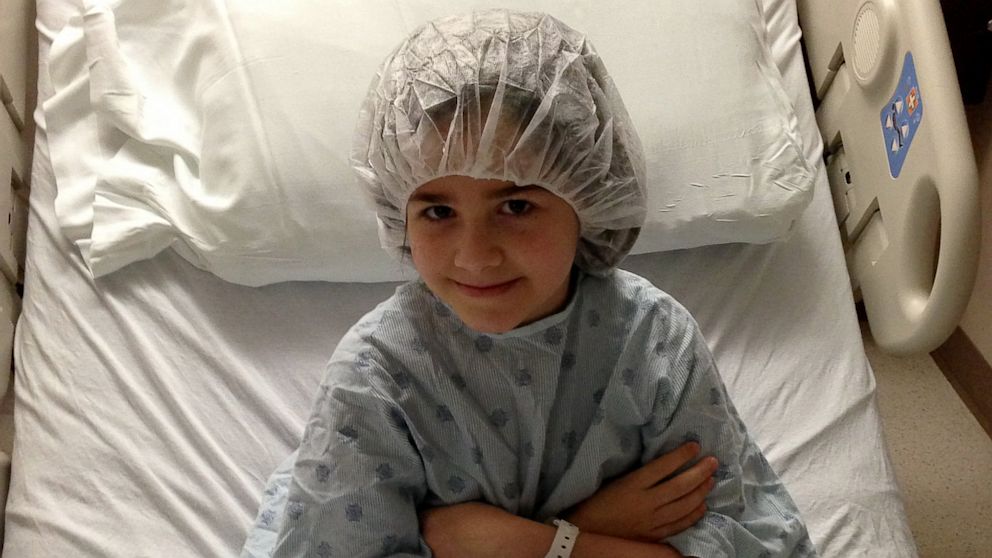Pediatric Melanoma Difficult to Diagnose and on the Rise
Melanoma warning signs are often different in children versus adults.

July 26, 2013 — -- Brenda Royer said the spot looked like someone had taken a red pen and dotted her daughter's cheek. But instead of washing off with some soap and water, the small, red dot started to grow.
"It was a like a pencil eraser, only larger," Royer, of Tomball, Texas, said about the spot on her then-2-year-old daughter, Kadynce Royer.
Laura Howard, of Huntsville, Ala., said she thought her 6-year-old son, John Randall Howard, merely had a wart on his leg.
"[The doctor] froze it off [and] told him what to expect," said Howard. "[But] it did not do what it was supposed to do."
The small spots on Kadynce and John Randall were not minor skin conditions but the first physical sign that they had developed melanoma, a dangerous and rare skin cancer that is increasingly affecting children.
Melanoma makes up 5 percent of skin cancer diagnosis but a majority of skin cancer deaths.
In 2013, the American Cancer Society estimated, 76,690 new melanomas will be diagnosed and 9,480 people are expected to die from the disease.
Children make up a tiny fraction of these cases, but a study recently published in the journal Pediatrics found that cases of pediatric melanoma are increasing. Between 1973 and 2009, the study found, cases of pediatric skin cancer rose, on average, 2 percent each year.
Rising Melanoma Rates Hit Young Women the Hardest
Melanoma is also the second most common form of cancer for adolescents and young adults between 15 and 29 years old, according to a 2007 study from the National Cancer Foundation.
Unfortunately, pediatric melanoma can be very difficult to diagnose because the warning signs are often very different than those for adult melanoma. In addition, experts say, testing biopsies in a pathology lab can be inconclusive and occasionally these cancers are only definitively diagnosed after they've grown or spread.
'It's No Big Deal'
A major factor in surviving a cancer diagnosis is early detection, but the early signs of pediatric melanoma often masquerade as inconsequential skin problems.
Howard said that after she noticed the small wart on her son's leg, she scheduled a dermatologist visit. Initially, the appointment was scheduled for a few months later, but her husband convinced her to get John Randall to a specialist sooner.
"My husband had a weird sense that something was different," said Howard.
After a biopsy and lab tests, doctors determined that John Randall likely had a benign spitz nevus, a small lesion or mole that is ultimately harmless.
Relieved, Howard and her family assumed everything was fine. Four months later, in January 2013, Howard noticed and an enlarged lymph node on John Randall. Again she was concerned and took her son to her pediatrician, who said it was "likely nothing," but referred Howard to another dermatologist.
Yet another biopsy was done on the squirming 6-year-old and sent off to the lab.
According to Howard, the dermatologist cautioned her against overreacting.
"There's a 99 percent chance that it's nothing," Howard recalled her doctor saying. "He doesn't have any risk factors [but] there's a 1 percent chance that it could be something."
The next day, Howard got a call to come in immediately. Her doctor sat her down and said John Randall had melanoma in his lymph nodes.
"[He] never showed one symptom," said Howard. "I think that's why it so hard to come to terms with once you get the diagnosis, because ... he was never tired, nothing."



